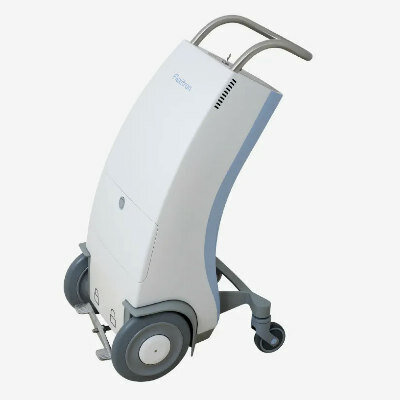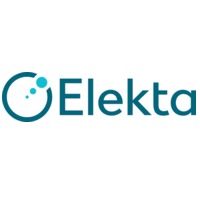Scans Reveal Learning "Sculpts” the Brain's Connections
By MedImaging International staff writers
Posted on 03 Nov 2009
Spontaneous brain activity previously thought to be "white noise,” measurably changes after a person learns a new task, researchers have shown.Posted on 03 Nov 2009
The scientists, from Washington University School of Medicine in St. Louis (MO, USA) and the University of Chieti (Italy), also reported that the level of change reflects how well subjects have learned to perform the task. Their study is published online October 5, 2009, in the Proceedings of the [U.S.] National Academy of Sciences (PNAS).
"Recent studies have shown that in the absence of any overt behavior, and even during sleep or anesthesia, the brain's spontaneous activity is not random, but organized in patterns of correlated activity that occur in anatomically and functionally connected regions,” said senior author Maurizio Corbetta, M.D., a professor of neurology at University of Chieti. "The reasons behind the spontaneous activity patterns remain mysterious, but we have now shown that learning causes small changes in those patterns, and that these changes are behaviorally important.”
At the beginning of the experiment, Dr. Corbetta, graduate students Chris Lewis and Antonello Baldassarre, and their colleagues in Italy used functional connectivity magnetic resonance imaging (MRI) to scan the spontaneous brain activity of 14 volunteers as they sat quietly. Next, researchers scanned the subjects as they spent one to two hours a day for five to seven days learning to watch a display inside the MRI scanner for the brief presence of an inverted "T” in a specific part of the screen. Two sets of brain regions were particularly active during the task: part of the visual cortex that corresponded to the portion of the visual field where subjects were looking for the "T,” and areas in the dorsal part of the brain involved in directing attention to the location on the screen.
After the visual training, scientists again scanned the party participants' brains while they did nothing. When the subjects rested at the start of the experiment, spontaneous activity in the two parts of the brain that are important to the visual task was either not linked or weakly correlated, with the two regions involved in the upcoming task only occasionally being active at the same time. After learning, although, each region was more likely to be active when the other region was not. Subjects who were more successful at the task showed a higher degree of this "anticorrelation” between the two regions after learning.
Dr. Corbetta suggests this learning-induced change in the brain's spontaneous activity may reflect what he calls a "memory trace” for the new skill. The trace makes it easier to use those areas of the brain together again when the same challenge recurs. "It's as though these two brain systems are learning to get out of each other's way,” said Dr. Corbetta. "After learning, the brain can identify the targets at a glance in a way that requires less direct attention and thus less interaction between the regions involved in the task.”
In addition to helping "grease” anatomic connections between different brain regions, Dr. Corbetta hypothesized that the changes in spontaneous brain activity may maintain a record of earlier experience that constrains the way the same circuitries are recruited at the time of a task. "This suggests that disruption of spontaneous correlated activity may be a common mechanism through which brain function abnormalities manifest in a number of neurological, psychiatric, or developmental conditions,” he concluded.
Related Links:
Washington University School of Medicine in St. Louis
University of Chieti














